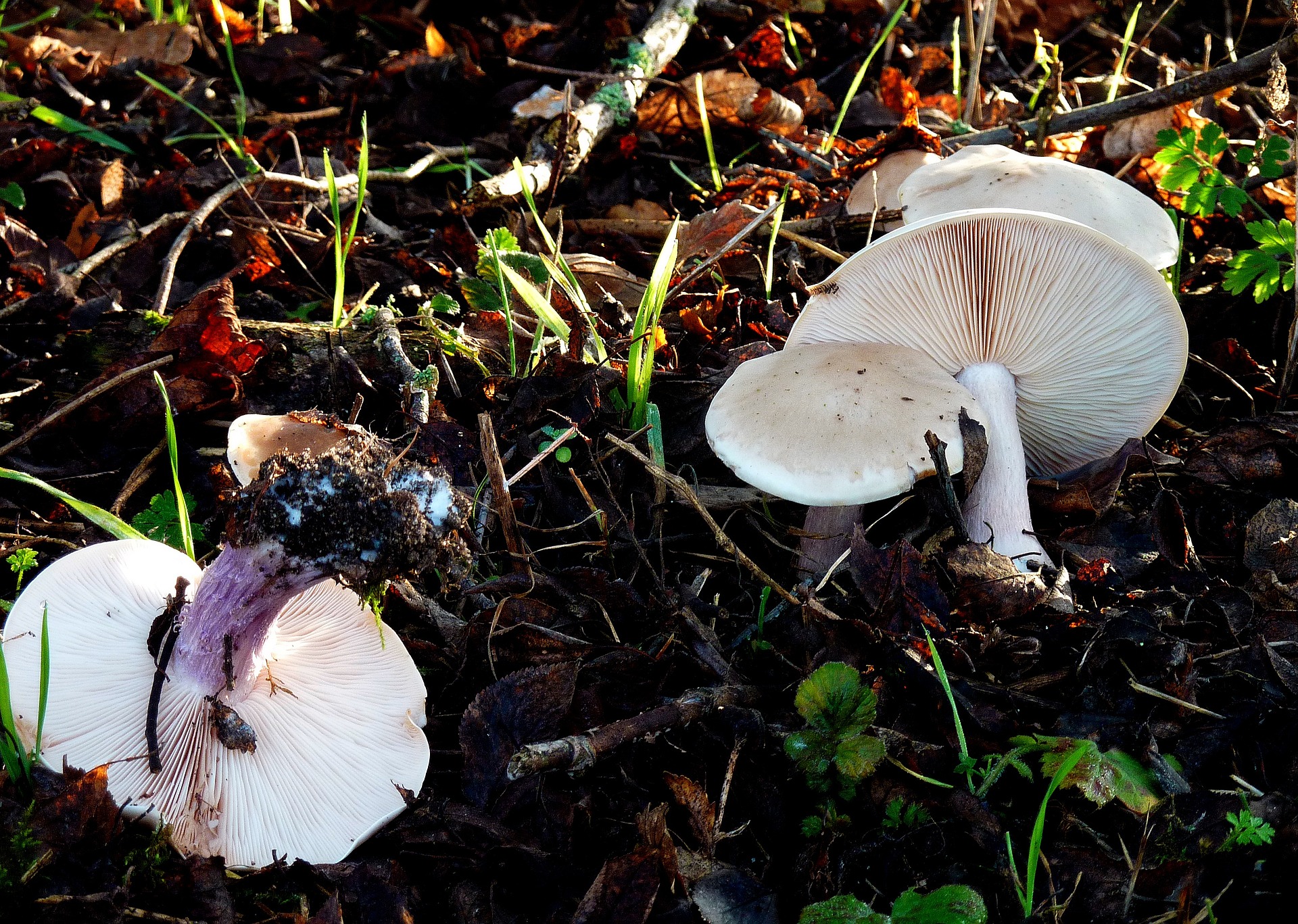Soil acidity is measured on a pH scale of 1 to 14. With 7.0 being neutral, everything below 7.0 is considered acidic and everything above is considered alkaline. Most garden plants thrive at a pH slightly acidic to neutral pH between 6.0 and 7.5. At this pH, phosphorus in the soil is soluble (it dissolves in water) and can easily be taken up by plant roots.
Overly acidic soil (less than pH 5.5) can be the result of several conditions, isolated or combined. According toOSU Division of Agriculture and Natural Resources, most common causes for acidic soils are topsoil leaching from rain run-off, acidic parent material (underlying sub-soil or granite bedrock), organic matter decay (especially pine forests and peat bogs), continuous harvesting of high yielding crops (grasses especially), and continuous use of high-nitrogen synthetic fertilizers.
Soil that is overly acidic can be determined by a simple pH test, observed by stunted plant growth, or by examination of the types of weeds growing. Some common weeds that point to acidic soil conditions include: curly dock, sheep sorrel, sow thistle, and mullein.
Most edible trees, shrubs, and vegetables, prefer a slightly acidic soil with a pH of 6.0-7.5. However, there are some vegetable plants that tolerate a pH of down to 5.5 including: celery, collards, corn, cucumbers, eggplant, endive, kale, onions, parsley, parsnips, peppers, potatoes, pumpkins, rhubarb, shallots, sweet potatoes, strawberries, and turnips. If you have a pH down to 4.0 blueberries are a great option, as they actually prefer soil that is acidic.
Correcting soil that is too acidic is important for the growth of healthy, vigorous plants. Soil amendments that can be added to quickly bring up pH are called liming agents. Common liming agents include: calcium carbonate, calcitic limestone, dolomitic limestone, burned or quick lime, ground oyster shells, wood ashes, and biochar. Liming agents should be of fine particle size and worked into the soil to react quickly to bring down soil pH. Generally speaking, 100 pounds (45 kg) of lime spread over 1,000 square feet (92 square meters) will raise your soil pH level by 1 point. However, the best way to provide vegetables of all kinds with longterm health and the nutrients they need is by natural soil building through composting, cover crops, and organic gardening practices.
To find products grown in well-treated soils in your local area, visit Pick-A-Pepper.com!
Similar Stories:
- Using Wood Ash on Plants
- Health and Environmental Hazards of GMOs: An Annotated Bibliography.
- Five Myths About Food Safety and Home Gardens
- Organic, No-Till Gardening
- How To Grow Stevia and Make Your Own Extract




